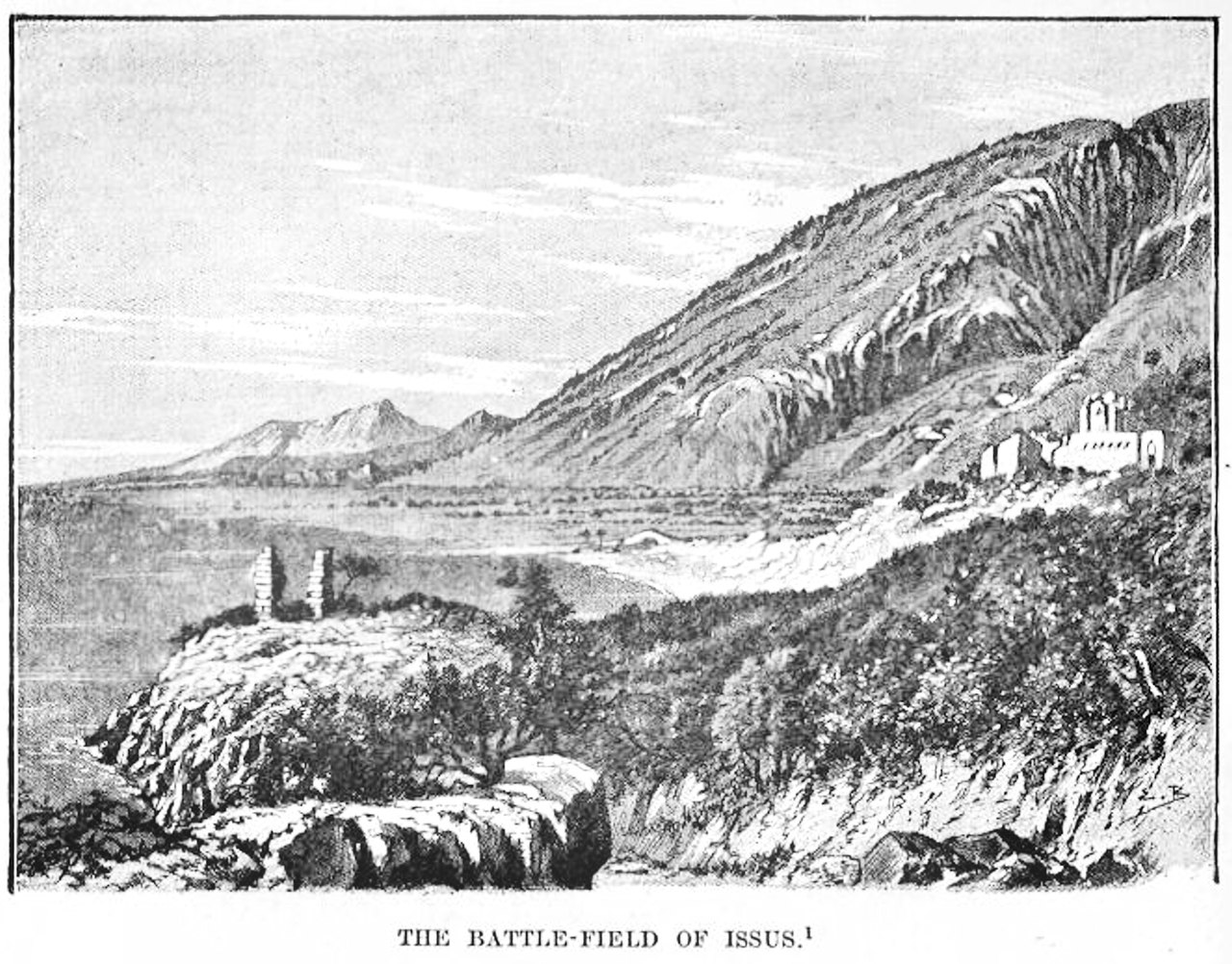
AsianOverland.net
Tour Guide - Itinerary
Asian Overland Sydney to London
Date 18/04/2024ISKENDERUM, TURKIYE
ASIANOVERLAND.NET SYDNEY TO LONDON DAY 301/140/52: HAMA TO ISKENDERUM, TURKIYE
“8 November, 1980
Border crossing went well as usual. We went to Israel. We went to Israel, repeat 100 times. Loudly.”
Border crossings and interactions with Syrian police don’t always go well. On the eastbound overland, I was driving south on the highway to Damascus when I was stopped by a Syrian policeman who said I’d been speeding. I never did get the speeding ticket to prove that KNACKERS was doing 50 miles per hour, but I wondered as I drove north on the same road through Syria, whether the Syrian police had managed to get cash from other drivers; and whether anyone had received a Syrian speeding ticket. Or worse, if a Syrian policeman asked for a bus driver's licence instead of claiming the double decker bus was speeding.
The Achaemenid Empire was the ancient Iranian empire founded by Cyrus the Great in 550 BC, known also as the First Persian Empire. Based in Western Asia, it was the largest empire the world had ever seen, covering 5.5 million square kilometres from the Balkans and Egypt in the west to Central Asia and the Indus Valley in the east.
From the region of Persis in the southwestern portion of the Iranian plateau, Cyrus rose and defeated the Median Empire as well as Lydia and the Neo-Babylonian Empire, marking the formal establishment of the Achaemenid dynasty.
The Achaemenid Empire is recognized for its centralized, bureaucratic administration; its multicultural policy; building complex infrastructure including road systems and an organized postal system; the use of official languages across its territories; and the development of civil services, including its possession of a large, professional army.
The Battle of Issus changed the course of history and occurred near Iskenderum, previously named Alexandria and founded by Alexander the Great to commemorate his victory. The battle took place on November 5, 333 BC between Alexander and the Achaemenid Persian Empire, led by Darius III, in the second great battle of Alexander's conquest of Asia. The invading Macedonian troops defeated Persia, which was the world’s dominant Empire, and then proceeded east to take the Persian Empire, all the way to the Indus River.
The Battle of Issus marked the beginning of the end of Persian hegemonic power. It was the first time the Persian army had been defeated with the King (Darius III at the time) present. After the battle, the Macedonians captured Darius' wife, Stateira I, his daughters, Stateira II and Drypetis, and his mother, Sisygambis, all of whom had accompanied Darius on his campaign. Alexander, who later married Stateira II, treated the captured women with great respect.
Later, the Spartan king Agis III recruited 8,000 Greek mercenary survivors of the Battle of Issus who had served in the Persian army, and used them in Sparta’s ongoing wars against the Macedonians.
© This work is copyright. Apart from any use permitted under the Copyright Act 1968, no part may be reproduced by any process, nor may any other exclusive right be exercised, without the permission of Peter Searle, peter@portseavillageresort.com; 1980-2024.
Website built by Justin O’Dea www.webdeveloperdocklands.com.au





